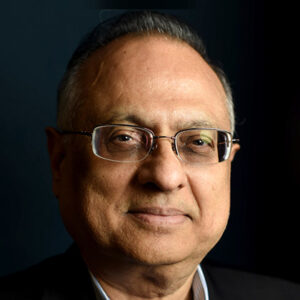
Arun Bansil’s research group at Northeastern University focuses on theoretical and computational condensed matter physics, using advanced simulations to explore the electronic structure and quantum properties of materials such as topological insulators, superconductors, and complex oxides. Their work leverages high-performance computing to simulate electronic structure and quantum properties at the atomic scale to guide the design of next-generation quantum and electronic devices.
In a major breakthrough published in Nature, researchers in Bansil's group with an international team of collaborators have successfully observed axion-like quasiparticles in laboratory conditions with implications for dark matter research. Axions are hypothetical fundamental particles first proposed in 1977-1978 as one potential explanation for dark matter, which comprises about 27% of the universe's mass-energy but has never been detected. The team used a specially engineered material—manganese bismuth telluride (MnBi₂Te₄), a magnetic topological insulator—to observe axion-like quasiparticles using ultrafast optical techniques.
This research bridges theoretical physics and experimental validation, potentially paving the way for quantum technologies like high-speed magnetic memory and single-photon detectors. The Department of Energy has selected a proposal by Northeastern physicist Kin Chung Fong, a co-author of this study, to develop such a detector, which could be used in future searches for fundamental axion particles.
As with much of the research computing in the Bansil lab, the work benefited from the resources of the Discovery Cluster for the advanced computational modeling and simulations required to interpret experimental data used in this study.
